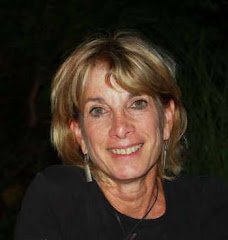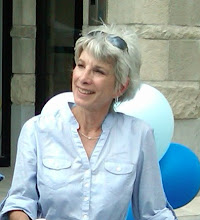 Taking advantage of the sun’s rare appearance this June, I stole away for a two-hour break at Manor Beach today. Looking up from my book, The White Tiger, I realized a white egret (are there any other colors?) was also enjoying Mother Nature’s gift of a summer afternoon.
Taking advantage of the sun’s rare appearance this June, I stole away for a two-hour break at Manor Beach today. Looking up from my book, The White Tiger, I realized a white egret (are there any other colors?) was also enjoying Mother Nature’s gift of a summer afternoon. Living so close to the city, too many of us lose touch with the wildlife around us. We squat at mosquitoes, curse the rabbits that eat our lettuce, close the windows when the skunks appear in the neighborhood, and bemoan the geese that decide to rest at our parks.
But there it was. An egret, taking a leisurely stroll in the Long Island Sound’s shallow waters. The king of the water….all alone.








